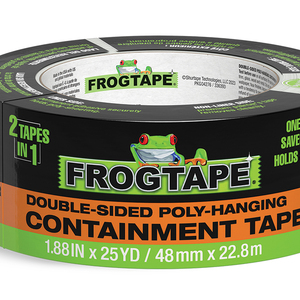Secret to a Fast, Flawless Finish
Use this method of sanding and applying polyurethane to create a furniture finish that's smooth as glass.
In the article “Flawless Wiped Finish” in FHB issue #273, Rodney Diaz explains his process for using wipe-on polyurethane to finish furniture. Here’s the breakdown:
Start by removing mill marks and low spots using a high-quality jack plane with a razor-sharp blade. Use light strokes and take as many passes as needed to get the surface flat. (This board took about two minutes.)
Once flat, sand using 220-grit sandpaper on an orbital sander. This step is for general smoothing and leveling where two boards meet, such as a glue joint. Next, switch to sandpaper wrapped around a cork block, and do two more passes—first with 320 grit, and then with 400 grit. Finally, switch to sanding sponges for the final three passes. the grit sequence here is 500, 800, and 1500. These happen quickly—just a few passes over the entire surface will get it smooth like glass.
For applying the polyurethane, Diaz uses a wadded-up t-shirt rag as an applicator, and charges it a little at a time without oversoaking. Apply with a gentle swiping motion, and follow the grain, wiping the finish across the surface without pushing it over the edges. The first coat will be dry to the touch in a few minutes, but a 2-hour wait between coats is a good rule of thumb. The number of coats applied is determined by the desired sheen. Two coats are a minimum. For more protection, and a true satin sheen, Diaz added two additional coats. And because the surface is sanded to such a high level, there’s no need to sand between them, saving time at this step.
Finally, buff out the finish with a white synthetic finishing pad, rubbing the surface in the direction of the grain. The results will be so smooth, you can skip the customary final coat of paste wax.
Watch the video to see the process in action, check out Diaz’s article in FHB issue #273 to read more about creating a flawless wiped finish.

























